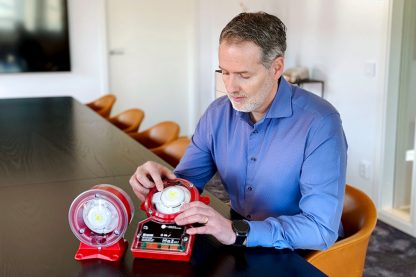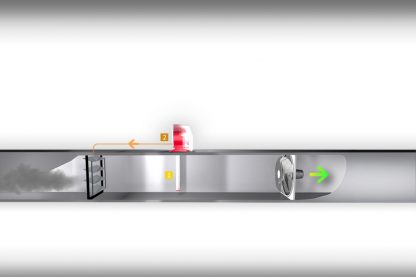Leading the way in fire safety and building automation (Part 1)
2021-01-13
Article series: Calectro's journey, Part 1/4.
Calectro’s journey, from importer and general agent to fully-fledged component manufacturer, is both fascinating and inspiring. After 50 years in the industry, Calectro has evolved into a global supplier of groundbreaking building automation equipment. And, with a wealth of expertise and industry repute, Calectro is now leading the way in fire safety and building automation.
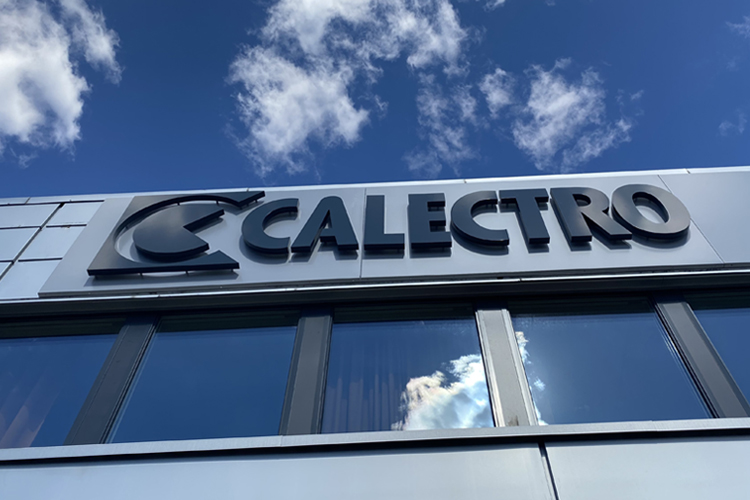
Smoke detectors and building automation components
The story of Calectro began in 1969, when a young engineer by the name of Karl Johan Pettersen returned from a position in Denmark and began importing components for the building automation industry. Suppliers like OJ from Denmark and Bircher from Switzerland provided his brand new company, Calectro, with things like electronic thermostats, level controllers, air pressure switches and timer relays. The company grew steadily throughout the 1970s, a decade that saw numerous changes to fire safety legislation in Sweden and the rest of Europe. But things really shifted up a gear for Calectro when the 1980s came along, partly due to an incident that happened far from the rain-drenched shores of Scandinavia.
Smoke and toxic fumes throughout the ventilation system
In November 1980, a devastating fire broke out in the relatively new MGM Grand Hotel in Las Vegas, killing 85 people, injuring 650 and causing more than $300 million of damage. The significance here is that it wasn’t the flames that caused the damage, injuries and deaths – it was the smoke. More importantly, it was the unimpeded way the smoke and toxic fumes were able to spread throughout the building – via the ventilation system – without triggering any alarms or countermeasures. According to the public administrators and elected officials at the time, the MGM Grand disaster was not a fire suppression failure, it was a failure in fire protection and construction design. The tragic event had a huge impact on US fire safety regulations in the months and years that followed, eventually leading to major legislative changes throughout the world.
Popular smoke detectors for ventilation ducts
As other countries gradually began introducing similar changes to their fire safety regulations, over in Sweden Karl Pettersen started to notice a growing demand for fire alarm sensors that could be installed inside or onto ventilation ducts. Which was when Karl made the wise decision to begin importing the type of smoke detector systems that had an external housing unit and a sampling tube inside the ventilation duct.
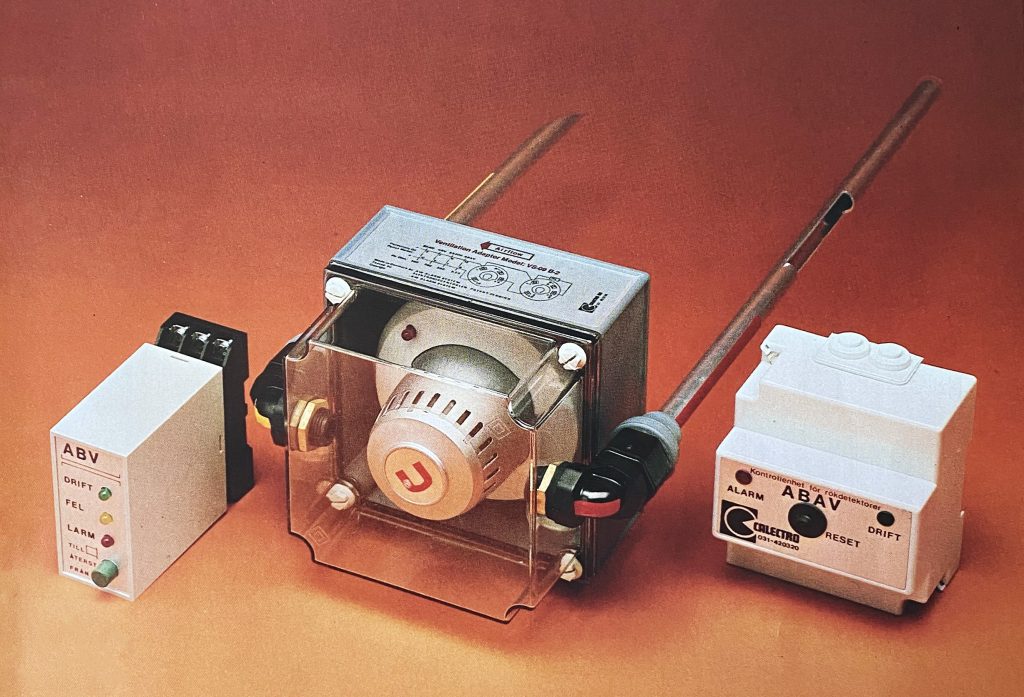
Over the next ten years, Calectro went from strength to strength, successfully supplying industrial and building automation clients in Sweden with various detectors, sensors and related equipment. By the time I joined Karl’s team in 1989, it was the smoke detector for ventilation ducts that had become the number one product.
The “why two tubes?” moment
With Karl at the helm, our steadily growing team at Calectro was always on the lookout for new development ideas. I recall, for example, how we had been exploring various ways to improve our most popular product. At the time, all duct smoke detectors were fitted with two tubes: a perforated sampling probe and an exhaust pipe. So we began focusing on that particular aspect of the product. Then all of a sudden someone said, “Hey, why does it need two tubes?”
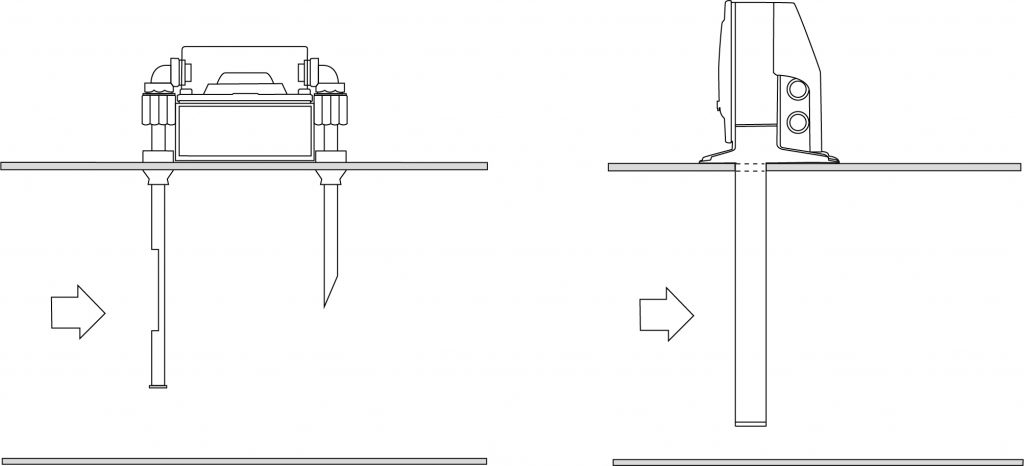
The more we thought about the single sampling tube idea, the more it made sense. With a single tube, you would only need to drill one hole in the ventilation duct. Imagine how much faster and easier it would be to install! Wasting no time, we contacted Chalmers University of Technology in Gothenburg and asked for their help with investigating the idea further.
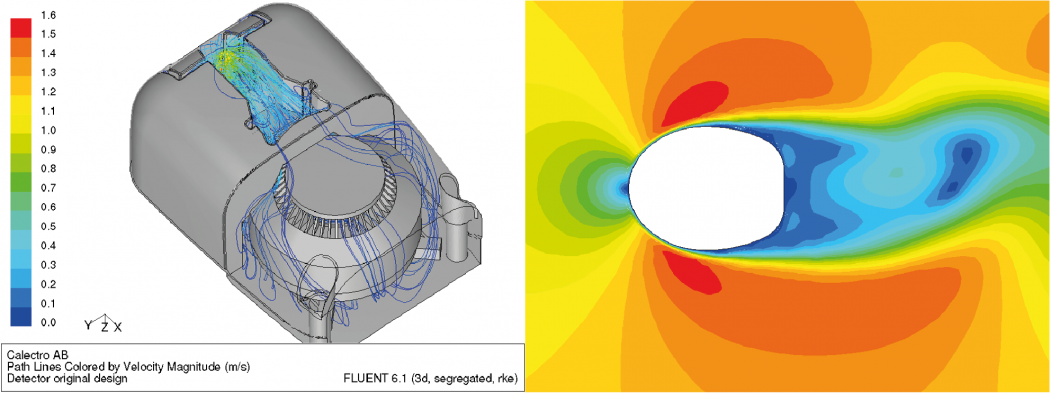
As things progressed from vague idea to investigation and then eventually to real possibility, Calectro invited a reputable product developer into the mix, with the ultimate goal of turning the idea into a reality. And, in 1994, we did just that.
Everyone wanted a Uniguard ventilation duct smoke detector
With its innovative aerodynamic venturi tube, the newly patented single-tube Uniguard was an overnight success. And when companies like Siemens, Honeywell and most of the major fire alarm companies heard about it, they all wanted an own-brand version of Calectro’s groundbreaking Uniguard ventilation duct smoke detector.
The Uniguard’s overwhelming popularity was exactly the confirmation we needed. It was a turning point that led to more research and development, in particular the development of own-brand products. The start of the new millennium, however, was when the real development work began and in 2000, we set out on a journey to establish Calectro as a leading producer of high precision duct smoke detectors, pressure sensors, CO2 alarms, humidity sensors, thermostats and air quality regulation sensors for the automated control systems and building automation industry. The rest, as they say, is history. Or in this case you could say it was Calectro’s future.
I hope you enjoyed reading about our journey so far, and can warmly recommend chapters two, and later to come chapter three and four of our 50th anniversary celebration article series. Find out, for example, how Calectro products can make your life easier in Part Two of the series. Explore our website, give us a call or drop us an email if you have any questions. We look forward to hearing from you!
Read about the application "Smoke detection for ventilation"Related articles
-
Technology & products
2021-09-22
Four common questions about duct smoke detector sensitivity
Read more -
Technology & products
2022-09-22
High-quality air samples for detecting smoke in ventilation
Read more

